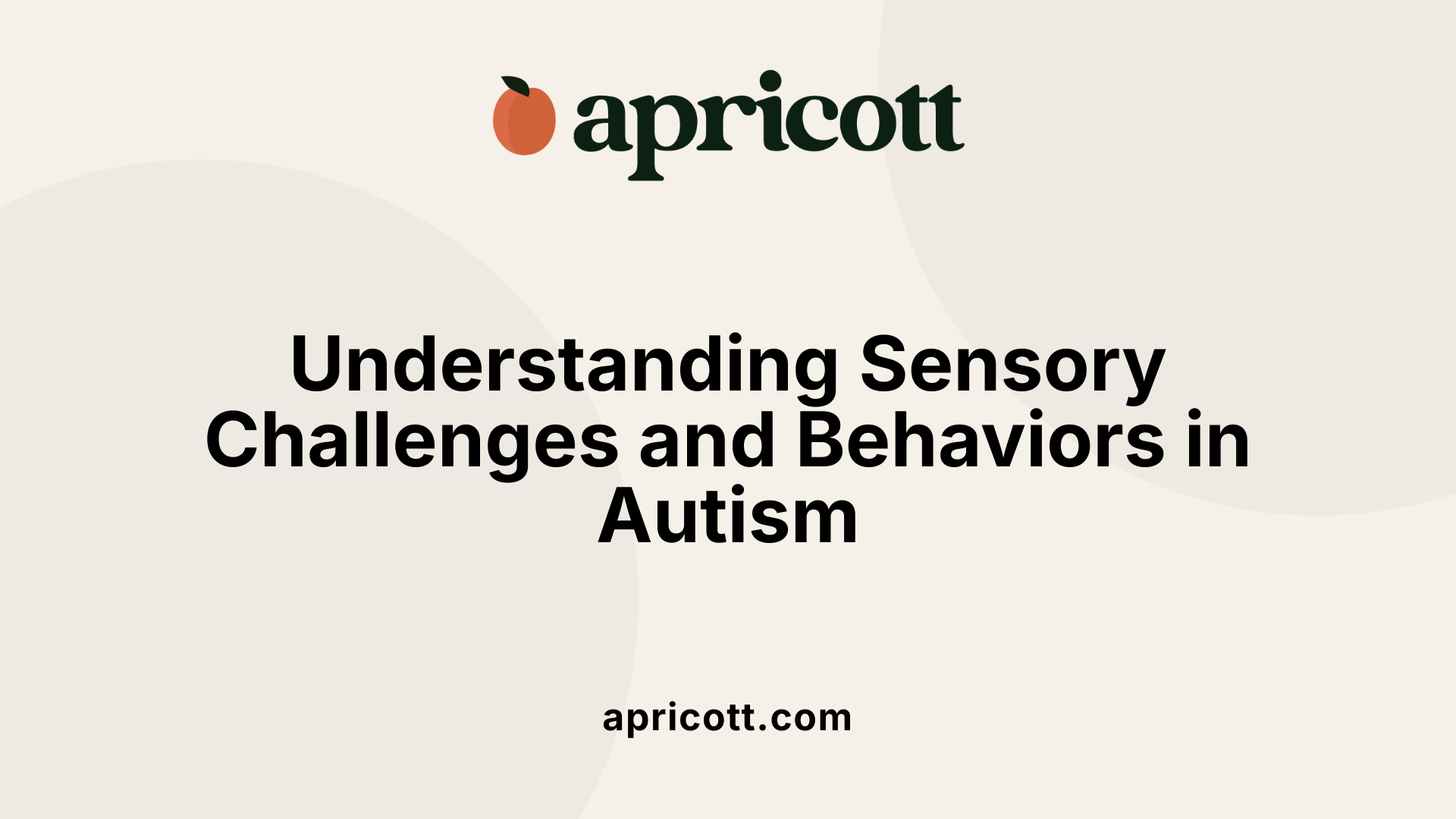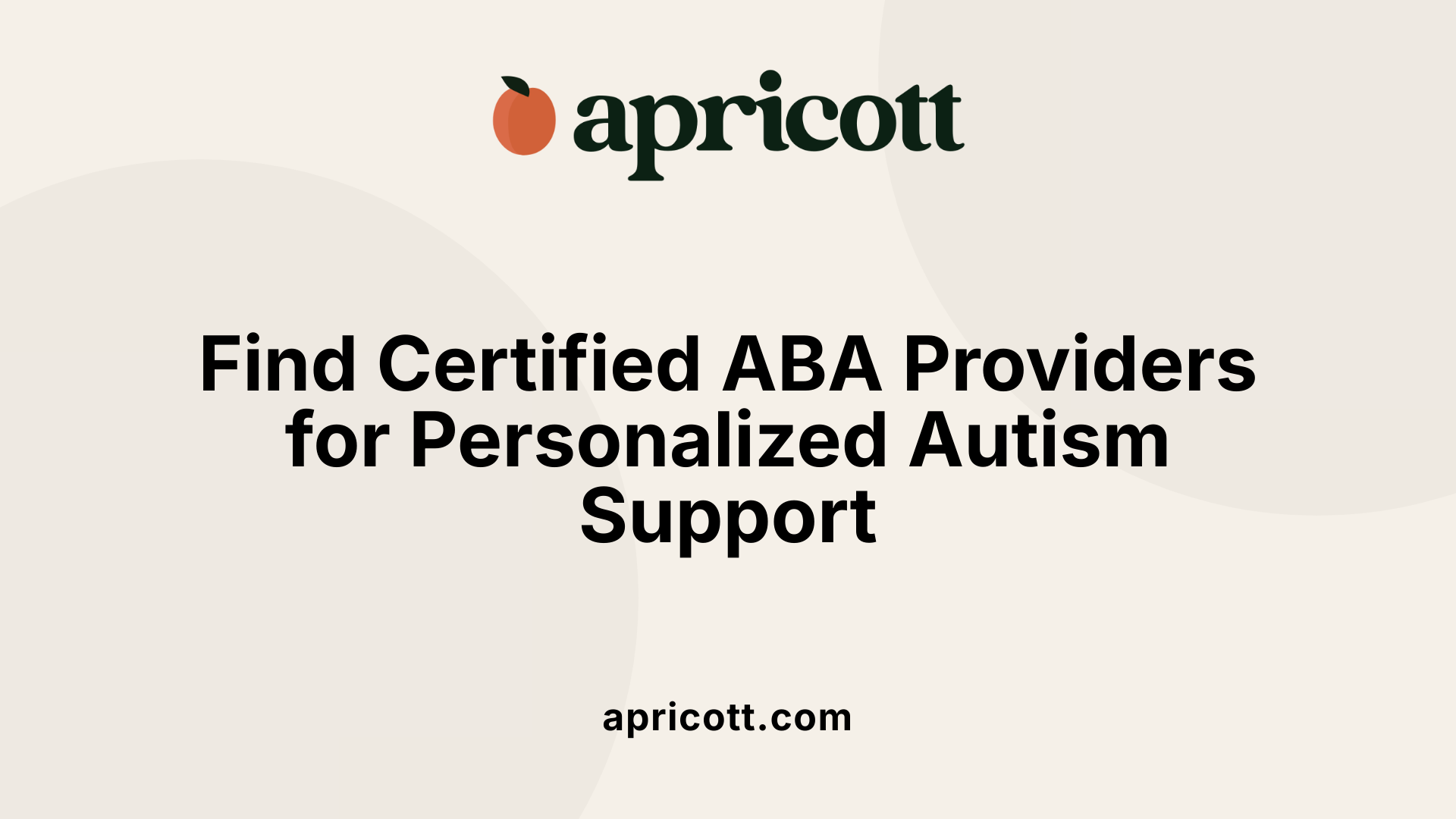December 2, 2025
Strategies to Encourage Autistic Children to Keep Their Shoes On
Many parents of autistic children face the common challenge of getting their child to keep shoes or clothing on. This behavior frequently stems from sensory sensitivities and emotional regulation difficulties inherent to autism. To address this, evidence-based therapies like Applied Behavior Analysis (ABA) offer tailored strategies that not only target shoe-wearing but also broader behavior and skill development. This article explores how ABA therapy can be applied to support autistic children in keeping their shoes on, improving comfort and independence through individualized approaches.

Applied Behavior Analysis (ABA) therapy is an evidence-based, scientific method focused on understanding and improving human behavior through observable actions of social importance. It helps individuals with autism by teaching new skills and modifying existing behaviors using a structured approach.
ABA uses the Antecedent-Behavior-Consequence (ABC) model to analyze what triggers a behavior, the behavior itself, and its outcomes. This helps identify causes of behavioral challenges and guide targeted interventions.
ABA employs various techniques including:
ABA programs are personalized to meet each child's unique needs, preferences, and learning style. They aim to improve communication, motor skills, social interactions, and manage behavioral issues.
ABA also focuses on developing essential life skills like dressing, feeding, and self-care, promoting independence and better quality of life. Collaborations with speech and occupational therapists enrich the therapy process, supporting social skills and functional abilities.
Parental involvement through a family-centered approach enhances progress and retention of learned behaviors.
In summary, ABA therapy uses positive reinforcement and observable behavior analysis to foster meaningful improvements in individuals with autism, guiding them toward greater independence and success.

Children with autism often experience heightened sensory sensitivities that make certain clothing uncomfortable. Textures, tags, seams, or tight garments can cause itchiness or distress. As a result, many autistic children remove their clothes as a way to relieve this discomfort and feel more at ease.
Beyond sensory discomfort, difficulties with emotional regulation also play a significant role. When overwhelmed by intense emotions or environmental stimuli, children might use clothing removal as a coping mechanism to assert control and reduce stress in these moments.
Shoes can be particularly challenging due to similar sensory issues—materials, tightness, or unfamiliar sensations can make wearing shoes intolerable for some autistic children. This often leads to attempts to remove shoes frequently, complicating outings and daily routines.
Applied Behavior Analysis (ABA) uses the Antecedent-Behavior-Consequence (ABC) model to understand these behaviors. Antecedents, such as sensory triggers or emotional stressors, set the stage for clothing removal. By identifying these triggers, ABA strategies aim to modify behaviors through positive reinforcement and visual aids, offering children alternative coping skills and reducing the frequency of clothing removal.
Overall, understanding sensory and emotional factors is essential when addressing clothing removal challenges in autism. ABA interventions customized to each child's unique needs can provide effective support to reduce distress and improve comfort and independence in daily living activities.

Applied Behavior Analysis (ABA) uses positive reinforcement as a primary strategy to encourage autistic children to keep their clothes on. When children display the desired behavior, such as keeping their clothes properly worn, they receive immediate rewards or praise. This approach motivates them to repeat the behavior and helps decrease clothing removal over time.
Visual aids, including picture cards or cues, are effective ABA tools to help children understand expectations regarding clothing. These supports clarify steps like putting on or leaving clothes on, providing clear, observable guidance that aligns with a child’s learning style.
The Antecedent-Behavior-Consequence (ABC) model is leveraged to understand why children remove their clothes. For example, sensory discomfort (antecedent) may trigger clothing removal (behavior), followed by a consequence like increased comfort. ABA therapists modify the antecedents or consequences to reduce undressing and promote more comfortable alternatives.
Discrete Trial Training (DTT) and modeling are practical ABA techniques to teach appropriate clothing habits. Through repeated, structured trials and demonstration by therapists or caregivers, children learn to wear clothes correctly, reinforcing the skill in manageable steps.
Besides behavioral strategies, practical approaches complement ABA techniques. Dressing children in layers or using clothing with secure fasteners limits easy removal and addresses sensory issues. These adaptations make clothing more comfortable and less accessible for removal, helping children better tolerate wearing clothes.
By combining positive reinforcement, visual supports, behavior analysis, structured teaching methods, and practical clothing adaptations, ABA provides a comprehensive approach to keeping autistic children comfortable and clothed.

ABA therapy is delivered by trained professionals such as Board Certified Behavior Analysts (BCBAs), Registered Behavior Technicians (RBTs), and licensed therapists specialized in behavioral science. These providers often possess advanced degrees in psychology, behavior analysis, or education and hold certifications or licenses that validate their expertise. BCBAs typically design and oversee personalized treatment plans, while RBTs and other behavioral therapists implement these strategies under supervision. Ensuring that your provider employs evidence-based practices and maintains professional credentials is essential for effective therapy.
Selecting an ABA provider involves evaluating several important criteria. First, confirm that the team includes credentialed professionals like BCBAs and trained technicians who follow ethical standards. Experience specifically with autism and an individualized, positive, and person-centered approach are crucial. Verify that treatment plans are developed using data and updated continually to suit the child's progress.
Accessibility and transparency regarding costs and billing should be considered, along with the provider’s commitment to involving families through collaborative treatment planning and regular updates. Accreditation by organizations such as the Behavioral Health Center of Excellence (BHCOE) indicates a quality standard. Providers should also emphasize naturalistic, engaging learning environments, promote transferring learned skills across settings, and support smooth transitions for long-term success.
A well-rounded ABA program actively engages family members, empowering them to support skill generalization and behavior retention at home. Treatment must be tailored to the child's unique needs, preferences, and learning styles to maximize outcomes and independence.
By carefully reviewing these factors, families can select qualified ABA providers who deliver scientifically validated care, enhancing the child's development and quality of life.

ABA therapy is designed to enhance critical abilities for autistic children, focusing on social interactions like eye contact and play. Through methods such as positive reinforcement and the Antecedent-Behavior-Consequence (ABC) model, children are encouraged to develop better communication skills and adaptive behaviors. These improvements help children build meaningful relationships with peers and family members, fostering social engagement and inclusion.
ABA supports the acquisition of essential daily living skills, such as dressing, feeding, self-care, and using utensils. Interventions are often carried out in collaboration with occupational therapists to address motor skills and sensory sensitivities, which can include challenges related to clothing textures or fasteners. This integrated approach helps children gain the independence needed for everyday activities in a structured, supportive way.
Emotional regulation can be difficult for some autistic children, and behaviors like removing clothes may arise as coping mechanisms. ABA techniques, focusing on positive reinforcement and visual aids, provide strategies to manage these behaviors effectively. By teaching alternatives for self-regulation, children can better control their emotions and responses to overwhelming situations.
By targeting a wide range of social, communication, and adaptive skills, ABA prepares children for real-world scenarios. As a result, it promotes independence, self-confidence, and opportunities for social participation, leading to an improved overall quality of life. ABA's individualized and evidence-based approach ensures that children maximize their potential and reduce reliance on specialized services over time.
ABA therapy often works alongside occupational and speech therapies to address comprehensive developmental goals. Occupational therapy helps with motor and sensory challenges, while speech therapy improves communication skills. This collaborative, family-centered approach ensures that interventions are consistent and applied across environments, boosting the retention and generalization of learned behaviors.
ABA therapy stands out because it is highly data-driven and systematic, focusing intensely on observable and measurable behaviors. Unlike Cognitive Behavioral Therapy (CBT), which centers on managing emotions and transforming thought patterns, ABA primarily targets behavior modification across social, communication, and daily living skills. This focus on concrete behaviors makes ABA especially beneficial for children with more severe autism or those who are nonverbal.
ABA employs techniques like reinforcement, prompting, shaping, and modeling, grounded in scientific research and continuous functional behavior assessments. Treatment often involves intensive individualized programs with 10-20 hours per week, emphasizing skill generalization in natural environments.
ABA complements speech and occupational therapies by collaborating closely with these specialties. For instance, ABA can support social skills development alongside speech therapists to enhance communication abilities and ensure learned skills are generalized across various settings. Similarly, collaboration with occupational therapists aids in developing practical living skills such as dressing, feeding, and self-care.
ABA’s individualized approach allows it to be tailored effectively for a broad range of autism severity levels. Whether a child is verbal or nonverbal, ABA’s structured and measurable interventions provide targeted strategies to reduce challenging behaviors and build independence.
In summary, ABA’s unique focus on observable behaviors, its intensive, data-driven methods, and its ability to integrate with other therapies make it a comprehensive and evidence-based choice for autism intervention.
Getting an autistic child to keep their shoes on involves understanding the sensory and emotional factors that drive such behavior, combined with the application of evidence-based interventions. ABA therapy emerges as a cornerstone approach, offering systematic, individualized strategies that use positive reinforcement and behavior analysis to encourage comfort and compliance. Choosing qualified ABA providers who engage families and tailor programs to the child's unique needs enhances the likelihood of success. Beyond just keeping shoes on, ABA fosters essential skills that promote independence and improve quality of life for autistic children. With thoughtful, compassionate intervention, families can navigate this challenge and empower their children toward greater confidence and autonomy.